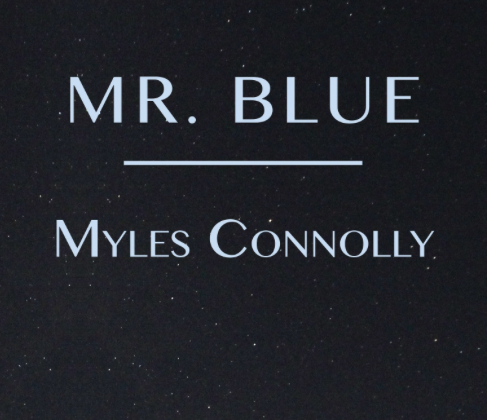“Do we have to read the introduction?” my literature students sometimes ask. I often reply, “Not now, but if you want to understand the book better, be sure to read it when you’re done.”
Finally, a book that agrees. Dr. Stephen Mirarchi’s brand new edition of Myles Connolly’s 1928 classic Mr. Blue is a summer must-read.
The introduction has spoiler alerts and tells you to read it at the end. If you do, especially with the benefit of Mirarchi’s excellent annotations throughout the novel, you will understand why it is Connolly, and not Fitzgerald, who wrote the definitive novel of the roaring 20s, when those 20s starting roaring toward the crash. This is especially true when viewed with Catholic eyes.
First published five years after Gatsby in 1928, Mr. Blue follows J. Blue as he goes from rags to riches, only to give his wealth away and fall for Lady Poverty.
In his book on St. Thomas Aquinas, G.K. Chesterton said. “The Saint is a medicine because he is an antidote. Indeed that is why the saint is often a martyr; he is mistaken for a poison because he is an antidote. He will generally be found restoring the world to sanity by exaggerating whatever the world neglects, which is by no means always the same element in every age.” Chesterton himself wrote, in the roaring materialistic 20s (published in 1923), his amazing work on Lady Poverty’s favorite consort, St. Francis himself.
Praise for this edition, and for Mirarchi’s notes, which are extremely scholarly and also very readable (a rare occurrence, alas!) has come from Catholic literary stalwarts like Joseph Pearce and Pepperdine University’s Paul Contino.
Published by Cluny Media, whose mission is to “promote the Catholic intellectual tradition and the values of traditional Judeo-Christian culture by supporting educators and families through the publication and dissemination of out-of-print books and the collection and efficient dissemination of educational materials,” this new edition shows that the fallen away materialism of the world Fitzgerald portrays in The Great Gatsby, as morally bankrupt as the country was to become financially, is not the last word. There are those who choose poverty because of the spiritual coffers she opens to her devotees.
As we approach the 20s of our own century, where greed and financial bubbles abound, we would do well to reflect on Connolly’s depiction of Mr. Blue’s life. Kudos to Dr. Mirarchi and to Cluny Media for giving us the chance. Put this one on your summer list!

Book Review: Move Over Gatsby, Mr. Blue Is Back (and Better Than Ever!)
A 1928 classic has been reprinted and should be on your summer reading list


